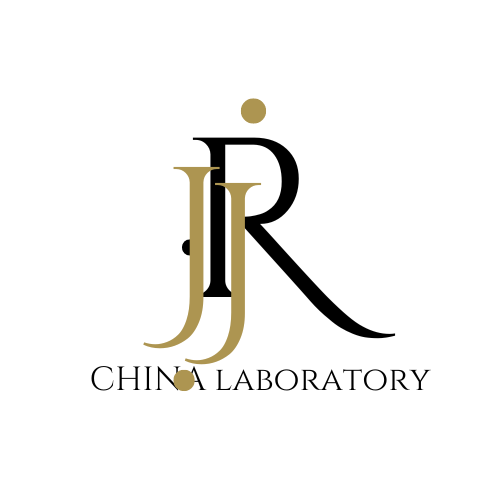
Emergency Light CE Certification
The general term for lighting fixtures used in emergency lighting. A fire emergency lighting system mainly includes emergency accident lighting, emergency exit signs, and indicator lights. It is set up to guide trapped personnel to evacuate or to conduct fire-fighting and rescue operations when the normal lighting power supply is cut off during a fire.
CE certification for emergency lights is one of the necessary conditions for products to enter the European Union market and be legally sold. It indicates that the product complies with the EU's safety, health, and environmental protection requirements.
Overview of CE Certification
CE certification is a product safety mark for the European market, indicating that the product meets the EU’s safety, health, and environmental protection requirements. For emergency lights, CE certification is an essential means to ensure quality and safety and serves as the product's passport for entering the EU market.
Requirements for Emergency Light CE Certification
1. Compliance with European Standards: Emergency lights must comply with relevant EU standards, such as EN 50172, which outlines the design, installation, testing, and maintenance requirements for emergency lighting systems.
2. Electrical Safety: Emergency lights need to meet electrical safety standards to avoid fire risks caused by electrical failures. Tests include insulation performance, grounding protection, and more.
3. Performance Testing: Emergency lights must undergo a series of performance tests, including battery life, light intensity, and light source stability, to ensure they can provide sufficient illumination during emergencies.
4. Reliability Testing: Emergency lights must undergo long-term operation stability testing, especially battery durability testing, to ensure they maintain performance after multiple charge and discharge cycles.
Precautions
1. Choose Authorized Institutions: Emergency light manufacturers should choose authoritative and professional institutions for testing to ensure the accuracy and reliability of test results.
2. Stay Updated on Standards: EU standards and regulations are constantly updated. Emergency light manufacturers need to closely monitor changes in relevant standards and regulations to ensure products always meet the latest requirements.
3. Maintain Product Quality: After obtaining CE certification, manufacturers need to maintain the stability and reliability of the product's quality, ensuring it consistently meets certification requirements during actual use.
CE certification for emergency lights is a crucial measure to ensure their quality and safety and is a necessary condition for entering the EU market. Manufacturers should stay updated on relevant standards and regulations, select authorized institutions for testing, and consistently maintain product quality stability and reliability.
Email:hello@jjrlab.com
Write your message here and send it to us
 Toy Toxicology Testing CA
Toy Toxicology Testing CA
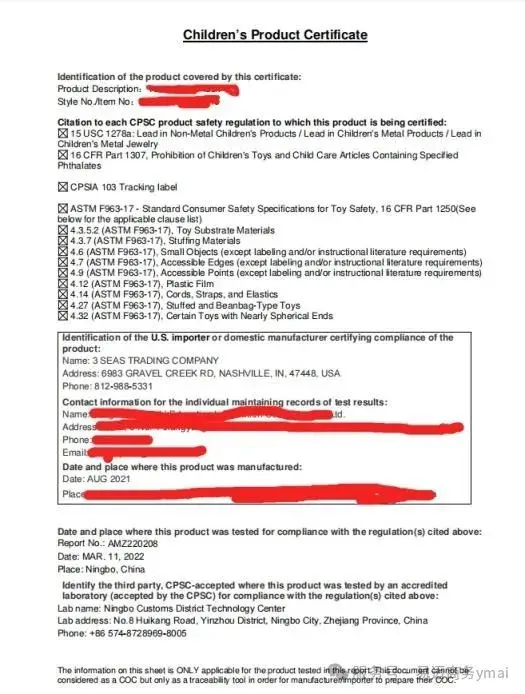 CPSIA Compliance for Children's Products
CPSIA Compliance for Children's Products
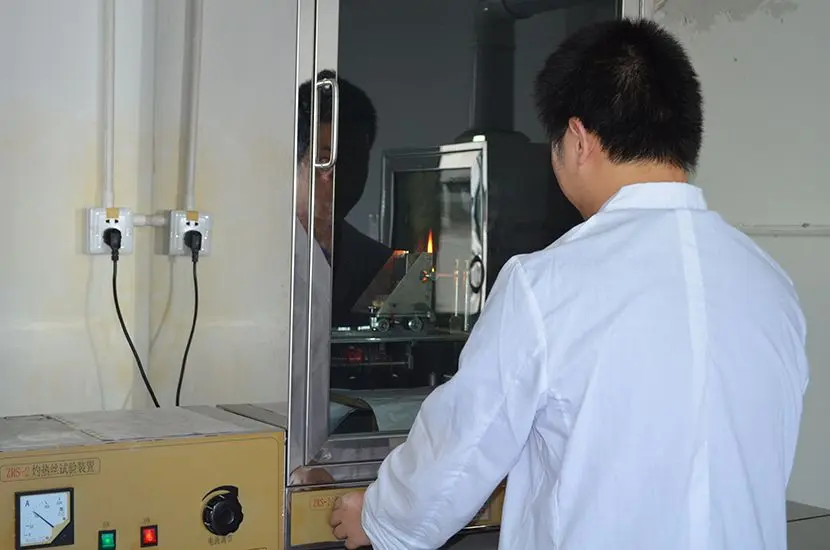 Food Contact Items Testing
Food Contact Items Testing
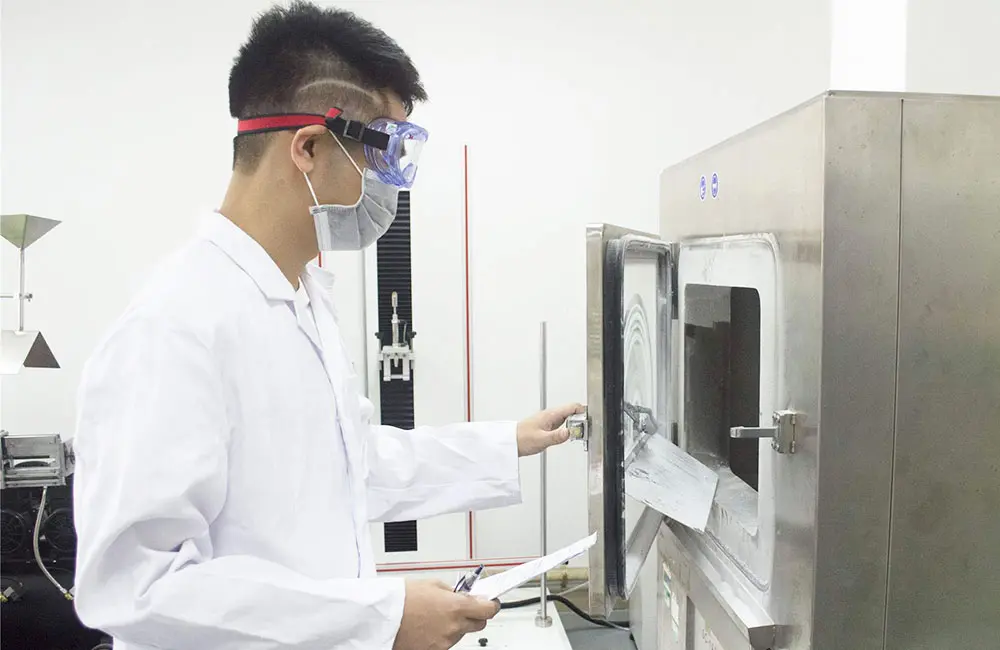 Energy Star Testing Laboratory
Energy Star Testing Laboratory
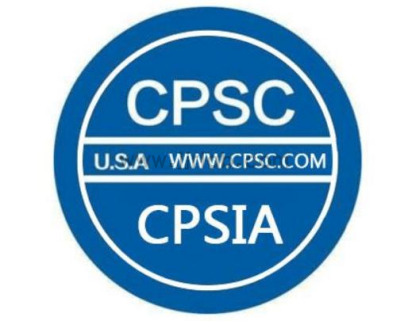 Do I Need to Test Every Color for CPSIA Compliance
Do I Need to Test Every Color for CPSIA Compliance
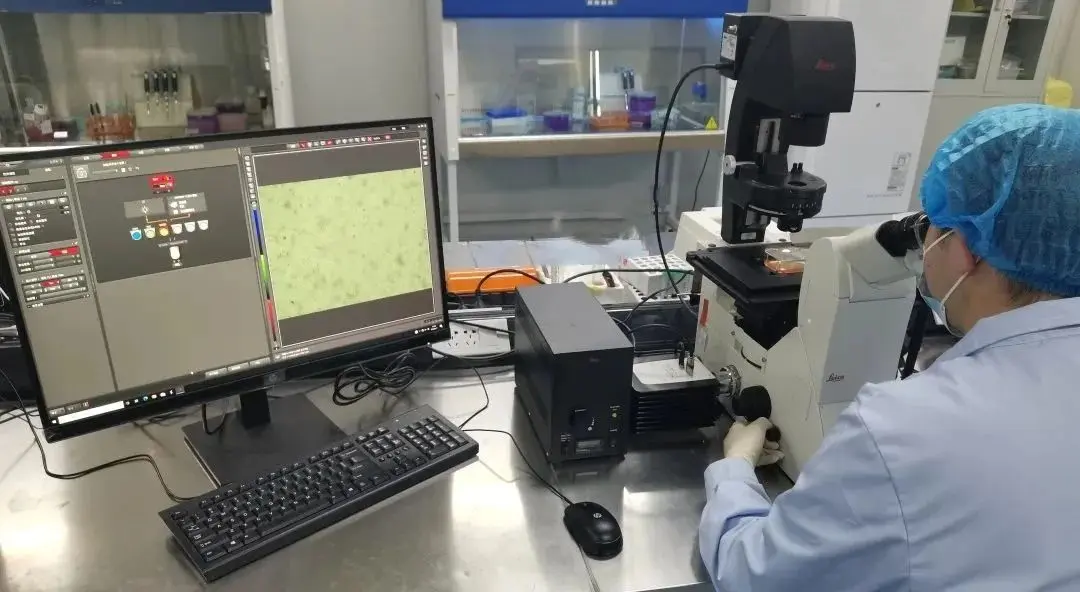 Accredited Medical Device Testing Lab
Accredited Medical Device Testing Lab
 Safety Testing for Baby Wrap
Safety Testing for Baby Wrap
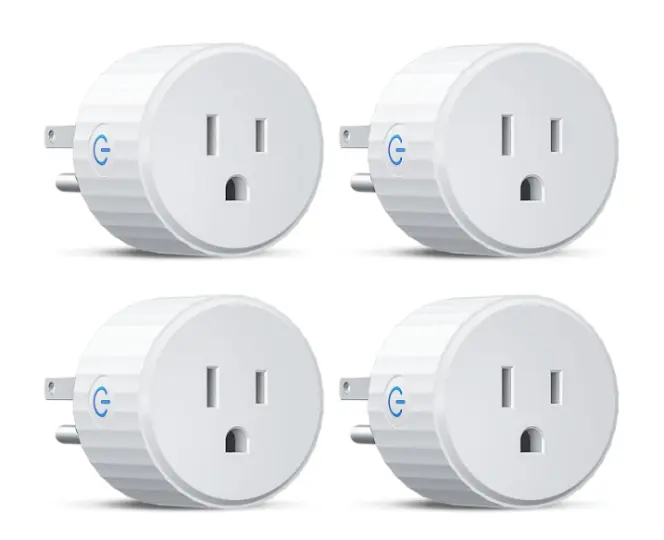 United States Electrical Plug Certification
United States Electrical Plug Certification
Leave us a message
24-hour online customer service at any time to respond, so that you worry!
